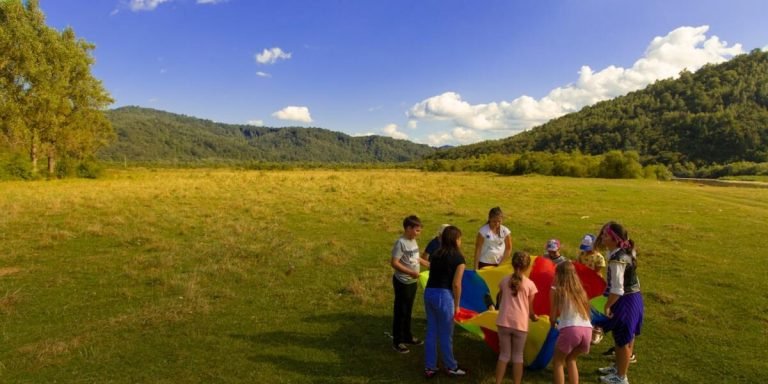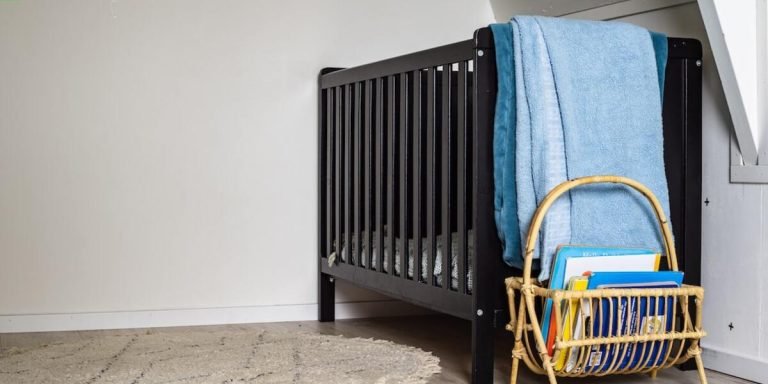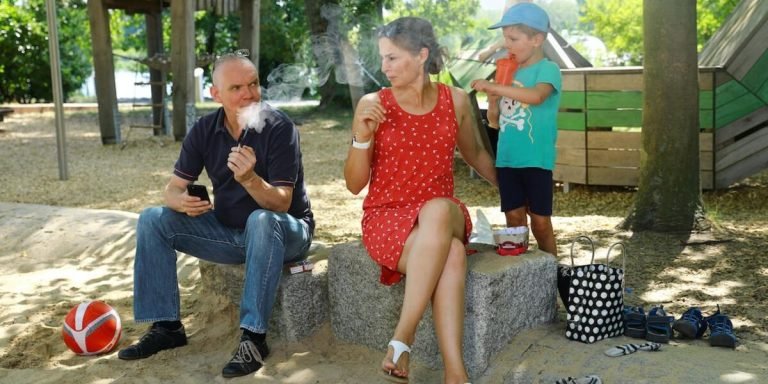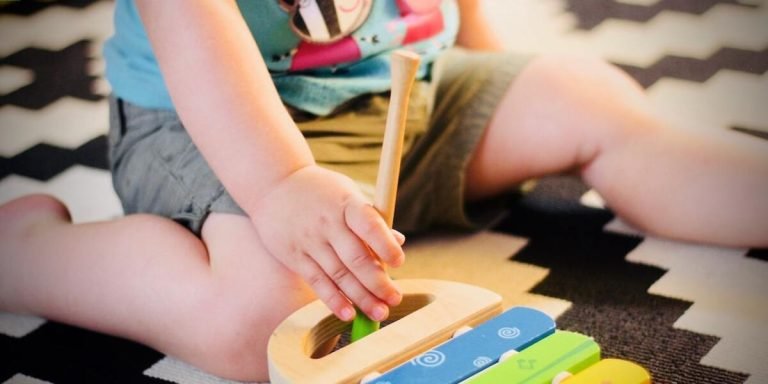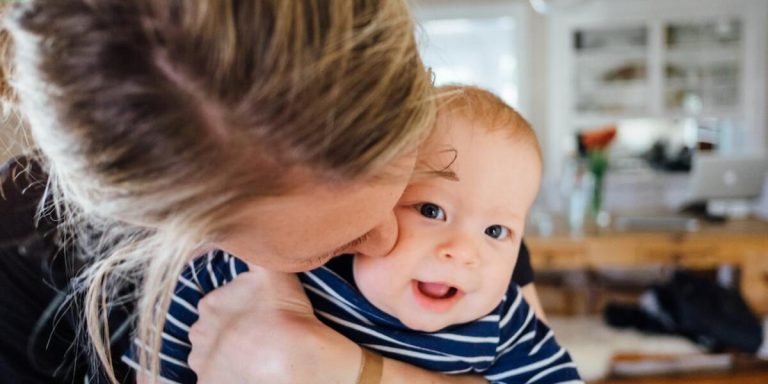Preschool Toys: Enhancing Early Learning Through Play
The impact of play on a child’s early development is monumental, especially when facilitated by the right tools. Preschool toys are not just instruments of amusement but also critical resources that aid in forming cognitive and motor skills. Their power lies in their subtlety – while children may perceive it as fun, they’re unknowingly setting up strong educational foundations.
However, choosing appropriate preschool toys can be challenging for parents and educators alike due to the sheer variety available. Keeping these concerns in mind, this article intends to share insights on how wisely-chosen pre-school toys can stimulate young minds effectively. By integrating education with entertainment seamlessly, we open avenues for comprehensive growth during key developmental years.
Did you know?
Did you know that according to the National Association for the Education of Young Children, playing with toys in preschool isn’t just fun—it’s a key component in stimulating learning and fostering cognitive development?
The Role of Preschool Toys in Early Childhood Development
The role of preschool toys in early childhood development cannot be overstated. These tools serve as fundamental building blocks that foster both cognitive and physical growth, making them pivotal elements in the learning journey of a child.
Preschool toys are intricately designed to engage young minds actively, encouraging hands-on interaction which is crucial for boosting their motor skills. In this age of rapidly advancing technology, it might seem tempting to substitute traditional playthings with digital devices but remember that classic preschool toys still hold immense value. They stimulate sensory experiences and promote imaginative play – an indispensable aspect engendering creativity among children.
Furthermore, such interactive items also contribute significantly towards socially educating youngsters by instilling rudimentary concepts about sharing and cooperation when they participate in communal playspaces. When kids interact with each other through toy-based activities, they unknowingly learn lessons on empathy and conflict resolution – leading to harmonious social dynamics later on in life.
In 2023’s context where virtual modes have permeated into almost every sphere of human activity including education due to reasons like global pandemics or lifestyle preferences; let us not overlook the importance traditional play materials bring forth during these formative years.
Engaging children at home or school using educational preschool toys can offer infinite opportunities for fun-driven effective learning sessions; making them an essential component intertwined within the fabric of early childhood development strategies today.
Understanding the Connection Between Play and Cognitive Growth
Preschool toys and play activities hold significant importance when it comes to early childhood development. Child experts around the globe endorse that these toys are more than just a means of entertainment for children; they serve as crucial tools in a child’s cognitive growth.
The first aspect worth discussing is how preschool toys can stimulate intellectual curiosity among young kids. Toys that encourage exploration, such as puzzles or building blocks, inspire youngsters to think critically and solve problems creatively. As they try different ways to complete their tasks successfully using these toys, their logical thinking skills get bolstered.
Furthermore, several learning-oriented preschool toys focus on improving language skills in early years. For example, picture books with vibrant illustrations not only enhance vocabulary but also aid in developing comprehension abilities along side an appreciation for storytelling – all vital elements fostering literacy from an early age.
Emotional intelligence is yet another area greatly influenced by toy-driven playtime at pre-school ages (3-5). Role-playing games involving dolls or stuffed animals provide opportunities for your little ones to express emotions appropriately and understand them better—ultimately helping build empathy towards others’ feelings—a life skill of infinite value.
Another pivotal role played by preschool engagement with educational-bias-toys lies within honing motor skills competencies – both fine & gross motor alike – each contributing significantly toward comprehensive physical development during the initial formative years.
Selecting Age-Appropriate Toys for Maximum Educational Benefit
Choosing the right preschool toys is an essential part of early childhood development. These educational tools offer more than just fun—they are gateways to learning, growth and skill building for your little ones.
Understanding your child’s developmental stages can substantially impact their learning journey when selecting age-appropriate toys. At each stage of early life, children acquire different skills at varying paces. Toys designed for specific ages typically align with these typical milestones—fostering critical cognitive, emotional and physical skills that contribute towards healthier overall development.
For infants (0-12 months), sensory-based toys such as rattles or musical mobiles stimulate auditory senses while bright colors enhance visual perception—an introduction into his/her environment through touch, sight and hearing.
Toddlers (1-3 years) enter a phase characterized by exploration and imitation; hence interactive play sets like pretend kitchenettes or construction blocks promote imagination alongside fine motor skill refinement—a step closer in understanding cause-and-effect scenarios too.
Preschoolers (4-5 years), on the other hand, begin honing problem-solving abilities coupled with blossoming creativity—making puzzle games along with art & craft kits ideal companions during this period wherein they also learn about team collaboration via group activities using said resources.
While it’s crucial to follow recommended age labels on toy packaging for safety purposes primarily—it shouldn’t limit you from exposing kids earlier/later whenever appropriate considering individual capabilities vary remarkably among peers; remember—the goal here is maximum educational benefit without hindering enjoyment stemming purely from playing itself!
Integrating Preschool Toys into Learning Curriculums
Preschool toys play a significant role in early childhood education, serving as the bridge between learning and playing. They are not just for entertainment but provide an avenue to stimulate cognitive abilities, enhance creativity, and generate curiosity among children. It’s 2023; technological advancements have upgraded conventional preschool toys into hi-tech educational tools that can seamlessly integrate with modern teaching methods.
Integration of these innovative preschool toys into learning curriculums is an effective method to foster both fun and knowledge acquisition simultaneously. The use of interactive puzzles or number blocks subtly instills mathematical concepts like numbers recognition or spatial awareness while their childlike minds perceive it as nothing beyond leisure activity. Likewise, digitally enhanced storybooks aid language skills development by narrating stories at varying speeds according to each student’s reading comprehension level.
Adopting such hybrid curriculum models enhances overall developmental aspects – be it logical reasoning, fine motor skills recall ability – through means more engaging than traditional pen-and-paper tasks alone could offer. Furthermore, educators keen on harnessing this trend need no special equipment—many smart toy manufacturers now provide complementary apps downloadable onto standard tablets used commonly today.
Strategies for Incorporating Educational Toys into Daily Lesson Plans
Integrating preschool toys into daily lesson plans can be a game-changer in early childhood education. It provides opportunities for children to learn and develop essential skills while engaging with their natural love for play.
Encourage independent exploration that fosters creativity and problem-solving abilities. For instance, building blocks are excellent tools that allow young learners not only construct structures but also their understanding of shapes, sizes, balance etc.
Engage them in guided play where educators actively participate alongside kids steering the course of activity subtly towards desired learning outcomes such as color recognition through sorting games using vibrant rainbow stacking rings.
It’s crucial not just merely introducing preschool toys weaved into instruction timelines but ensuring they appeal equally amongst all genders promoting inclusivity right from tender age contributing vitally toward character shaping attitudes about gender roles substantially impacting societal coherence long term perspective 2023 onwards.
Evaluating the Effectiveness of Toy-Based Learning Activities
The effectiveness of learning activities involving preschool toys is highly dependent on several factors. Such methods are aimed at enhancing the cognitive, emotional and physical development of kids by promoting a fun-filled environment that stimulates their curiosity to explore and learn.
Firstly, let’s focus on how these toy-based learning activities can encourage children in understanding various concepts. Preschool toys such as puzzles, building blocks or role-play sets act as tangible references for abstract ideas a child might struggle with otherwise. For example, simple block games introduce shapes and relative proportions while sorting boxes initiate an early notion about classifications based upon color or size criteria.
Secondly, consider dynamic interaction possibilities offered by said toys: Does it promote taking turns? Is there room for creativity? Will it engage multiple senses – sight, touch maybe even sound?
Interactive preschool toys such as board games help foster social skills like cooperation , patience , decision-making and coincidently instill values like respect towards others’ turn . These seemingly casual game manners have long term implications in forming healthy interpersonal relationships.
Creatively inclined options could range anywhere between art supply kits enabling freehand drawing to more structured Lego pieces demanding correct assembly per predetermined designs- both categories encouraging unique problem-solving approaches onto young minds .
Safety and Sustainability in Preschool Toy Selection
Safety and sustainability should be the two main pillars when it comes to selecting preschool toys. Parents and educators need to ensure that these play items not only spark imagination but are also crafted with care for both child safety and environmental preservation.
In today’s increasingly digital age, it can be tempting to opt for virtual games over physical ones. However, research shows that tangible toys still hold immense significance in a preschooler’s development process. They assist in honing motor skills, fostering creativity, aiding cognitive growth while acting as tools of unstructured play which is essential at an early age.
Toys made from sustainable materials align perfectly with our global shift towards eco-friendly practices—an important lesson we must impart on young minds. Choosing such sustainably sourced or recycled material based toys isn’t just environmentally conscious choice; they often tend to be safer due their chemical-free composition proving beneficial for your little one’s health too.
When choosing safe preschool toys look beyond simply “child-proof” labels—ensure they are free from harmful substances like phthalates or lead-based paints straight away eliminates potential hazards around sensitive youngsters.
Remember though: no matter how safe or sustainable a toy may appear online descriptions shouldn’t substitute close examination upon purchase—and certainly regular inspection once they’re within children’s reach is vital!
Selecting suitable pre-school toys might seem tricky especially given the overwhelming variety available.But keeping safety and sustainability front-and-center will steer you through this challenge making way for hours of responsible yet delightful fun!
Navigating Safety Standards for Children’s Playthings
When choosing preschool toys for young learners, there are a few key elements to consider. As an educator or parent, your primary concern is probably the safety of the child. While this seems obvious enough, navigating the ever-changing landscape of toy safety standards can be tricky.
Firstly, look for indications that any prospective plaything has met high-quality testing measures. Before hitting store shelves in most countries around the world including ours, toys have to receive certification from recognized international bodies like American Society for Testing and Materials (ASTM) International standards on Toys Safety Directives.
Another important aspect is checking whether these pieces comply with safe chemical use regulations formulated by Consumer Product Safety Commission (CPSC). These rules help ensure children don’t get exposed to harmful substances found in certain plastic materials often used in making some types of preschool toys.
Now onto sustainability; it’s vital as educators or caregivers we take responsibility not only over our kids’ immediate environment but also their future one too! This means selecting products created sustainably using environmentally friendly methods whenever possible such as those labeled “Made With Recycled Materials” could potentially go towards improving our planet’s health while fun-learning remains uninterrupted!
Lastly remember every kid learns at their own pace and no two children necessarily share exact interests so variety really matters here whether that comes down expanding motor skills through shape sorters blocks designing mental puzzles painting crafts etcetera just make sure each selection aligns individual learning trajectories plus above mentioned security ecological considerations!
Embracing Eco-Friendly Options in Early Education Environments
As we continue to navigate the evolving landscape of early childhood education in 2023, embracing eco-friendly options has become a significant concern for parents and educators alike. When it comes to preschool toys – a crucial part of young learners’ growth and development – this sustainable approach is no different.
Educational facilities understand the transformative role of playtime activities in children’s lives and are integrating environmentally friendly initiatives into their toy selection process. Here’s how they’re doing it:
Firstly, by investing primarily in toys made from renewable resources like wood or bamboo rather than plastic. These materials not only reduce environmental impacts but also offer opportunities for tactile learning experiences that stimulate many areas of child development.
Secondly, there’s an increasing awareness around limiting electronic devices as primary teaching tools due to energy consumption concerns. Instead, traditional hand-operated preschool toys such as puzzles or building blocks provide hands-on sensory stimulation while fostering creativity – both cornerstones of effective early education strategies.
Lastly yet importantly: durability matters! Toys built to withstand rigorous use contribute significantly towards sustainability goals by reducing replacement frequency hence waste generation over time.
In addition to these structured measures; ongoing parental engagement plays a pivotal role too – after all home is where foundations lay strongest! Empowering families with knowledge about why sustainability matters helps them make informed purchases when selecting preschool toys at home thus reinforcing classroom teachings effectively!
Conclusion
So, next time you think of playtime as just fun and games, remember the power that preschool toys hold in shaping your child’s early development. Whether it’s a simple stacker or an intricate puzzle set, these seemingly humble companions are helping build cognitive abilities one block at a time.
Don’t stop here! We invite you to explore our website for more insights into childhood education. With us on this journey, let’s make learning exciting yet effective for our little ones together!
Learn about educator support systems we advocate for and tools that can help parents further. Let’s work hand-in-hand to turn every moment into a valuable learning experience.


